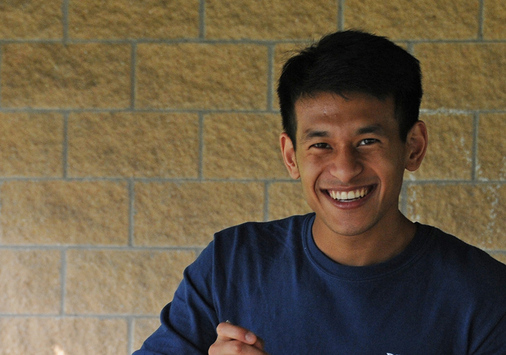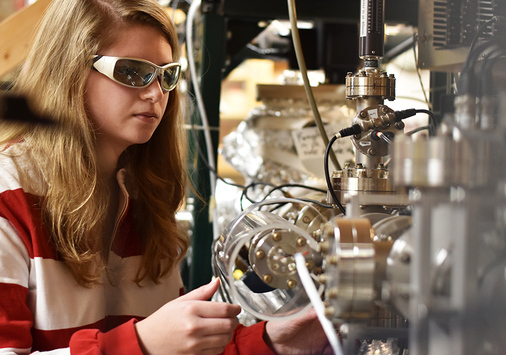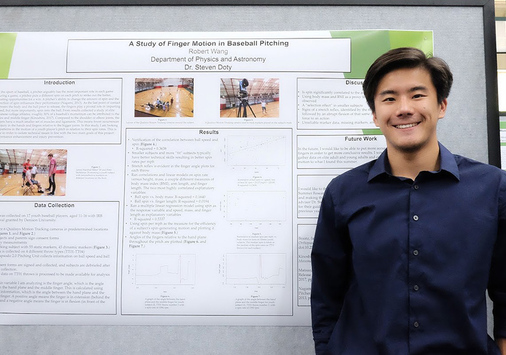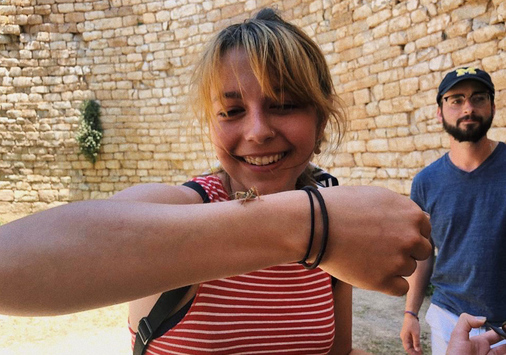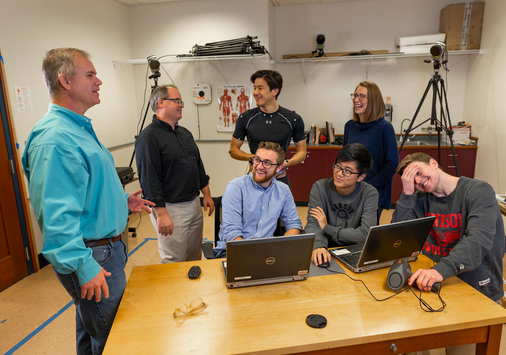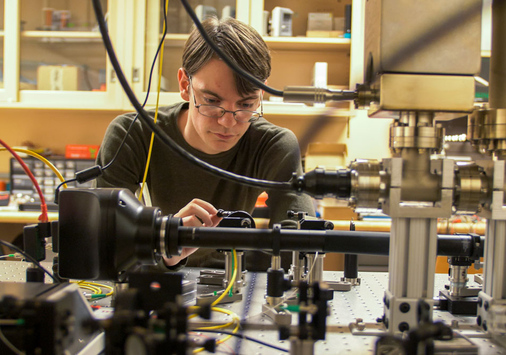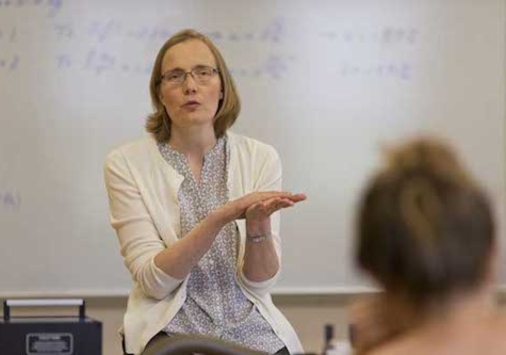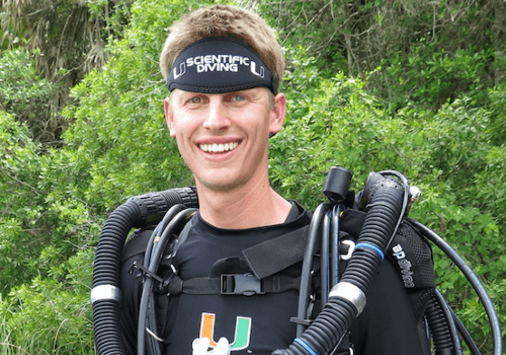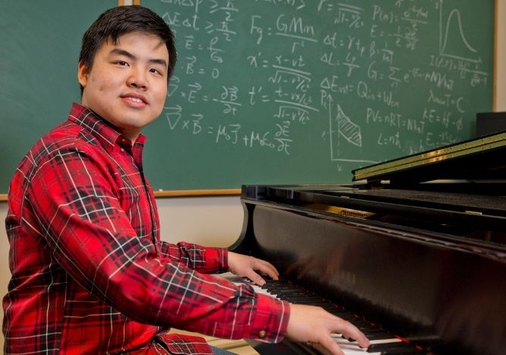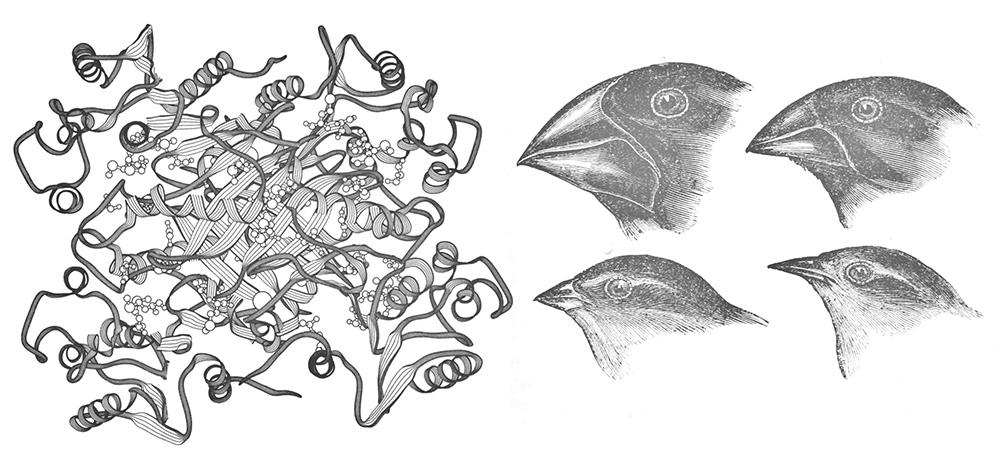
The chemical reaction networks that regulate living systems are all stochastic to varying degrees. The resulting randomness affects biological outcomes at multiple scales, from the probability that a single protein molecule successfully finds its folded state to the evolutionary trajectory of a population of cells. Understanding how the distribution of these outcomes changes over time is often difficult, and achieving control over this distribution via external interventions is an even more complex challenge. Intriguingly, this problem has close parallels in a very different domain: manipulating quantum states for applications like quantum computing and cold atom transport.
In this talk we show how one can translate quantum control into the classical realm of biology, giving us a novel tool for steering biological processes. We illustrate this idea through two examples: the first is controlling the distribution of genetic variants in an evolving cellular population. This is motivated by recent efforts to combat antibiotic resistance via therapies that guide the evolution of pathogens toward maximized drug sensitivity. The second example involves controlling the distribution of protein folding states using so-called molecular chaperones: protein enzymes that facilitate the unfolding or disaggregating of misfolded proteins. The theoretical framework behind these two examples is quite general, and can in principle be used in many other biophysical problems.



